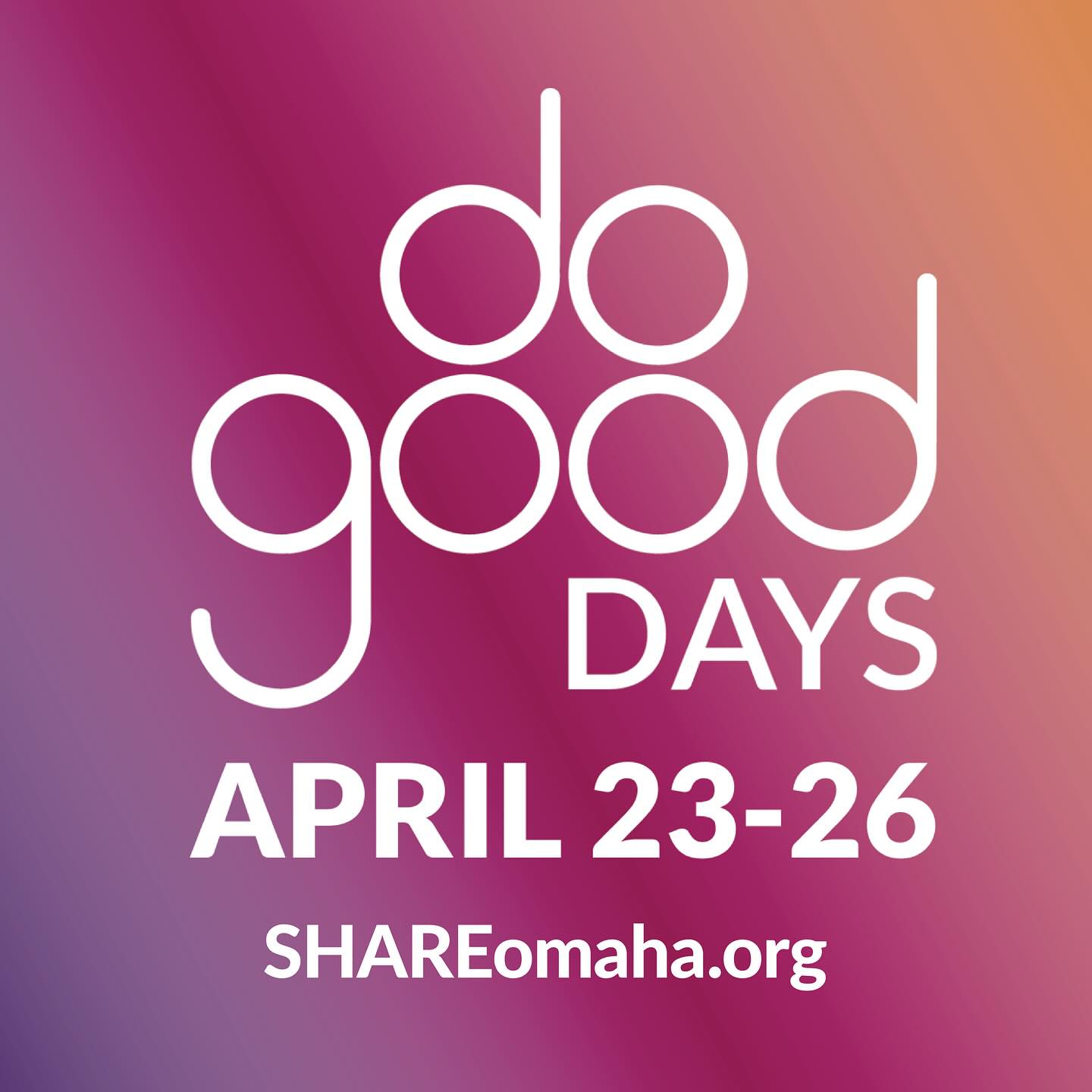- The role of veterinary care in zoos and wildlife conservation.
- The construction and significance of the Bill and Berniece Grewcock Animal Hospital.
- Advanced medical care techniques and technology for diverse species.
- The impact of community engagement and support in animal welfare.
- Strategies to promote awareness and education about zoo management and conservation.
Zoos have evolved beyond being mere places for public entertainment. They are now pivotal in wildlife conservation and education. At the forefront of this transformation is the focus on veterinary care, which is crucial for the health and well-being of resident animals and wildlife more broadly.
Veterinary care in zoos encompasses preventative medicine, emergency treatment, and research on diseases that affect animal populations. In particular, this care is essential for endangered species. Veterinarians in zoos carry out routine health checks and manage breeding programs designed to bolster dwindling populations in the wild. By maintaining genetic diversity, these programs aim to reintroduce species to their natural environments when feasible, contributing significantly to conservation efforts.
The development of the Bill and Berniece Grewcock Animal Hospital marks a significant investment in veterinary infrastructure. This modern facility highlights our commitment to improving animal care through advanced medicine and precision diagnostics. The construction of such a hospital symbolizes a considerable leap forward in our ability to treat a wide range of species more effectively. It is not just about treating a zebra’s ailment; it’s about fostering the health of a delicate ecosystem within the zoo’s walls.
This hospital will provide a sanctuary for more than 39,000 animals. It caters to a vast array of species, from insects to elephants. The infrastructure includes isolation units, surgical suites, and diagnostic labs designed specifically for diverse animal needs. Specialized equipment will allow for enhanced imaging and treatment procedures, thus offering care that is usually reserved for human hospitals. This ensures that every resident, regardless of size or species, receives top-notch medical attention.
Community involvement and support play an equally indispensable role in maintaining these standards of care. Public donations and volunteer efforts are vital in facilitating the services that this hospital and the zoo itself can provide. Engaging the public through educational programs and awareness campaigns about the challenges and successes of modern zoos encourages broader support for conservation goals.
Educational outreach aims to shed light on the complexities of zoo management and animal needs in different environments. People participate in "Do Good" initiatives by contributing time, resources, or funds. These efforts directly influence the quality of care that animals receive by maintaining the infrastructure and programs critical to their health.
The integration of technological advancements into veterinary practice is a key component of the hospital’s mission. State-of-the-art medical equipment, like CT scanners and endoscopy tools, allows for precise and less invasive diagnostics, leading to faster and more comfortable recovery for the animals. New treatments developed here may extend beyond zoo walls, contributing to wildlife medicine practices globally.
A notable aspect of the zoo’s strategy is its focus on promoting education and awareness. Visitors are not merely spectators but active learners about the importance of conservation. Guided tours, interactive exhibits, and educational workshops provide insights into the daily operations and the extraordinary care these animals require. This knowledge fosters a deeper appreciation and support for wildlife conservation initiatives.
In conclusion, the Bill and Berniece Grewcock Animal Hospital will be a beacon of hope for animal care and conservation. Zoos, with their ever-expanding roles, now serve as educational hubs and sanctuaries for endangered species. The symbiotic relationship between veterinary science, community support, and public education forms the backbone of these efforts. By aligning science with stewardship, we are paving the way for a future where zoos are not just homes, but centers of excellence for wildlife conservation.
*****
Source Description
@shareomaha’s are here!
Our Zoo is dedicated to providing the highest standards of veterinary care, and to enhance that, we are building the Bill and Berniece Grewcock Animal Hospital.
This state-of-the-art facility will allow us to provide advanced medical care and treatment to more than 39,000 animals, from the smallest insect to the largest giraffe.
As construction of the hospital progresses, we invite you to “Do Good” today and everyday—help us ensure every animal gets the exceptional care they deserve.
🔗 Help us help them—link in bio to donate! 🔗


